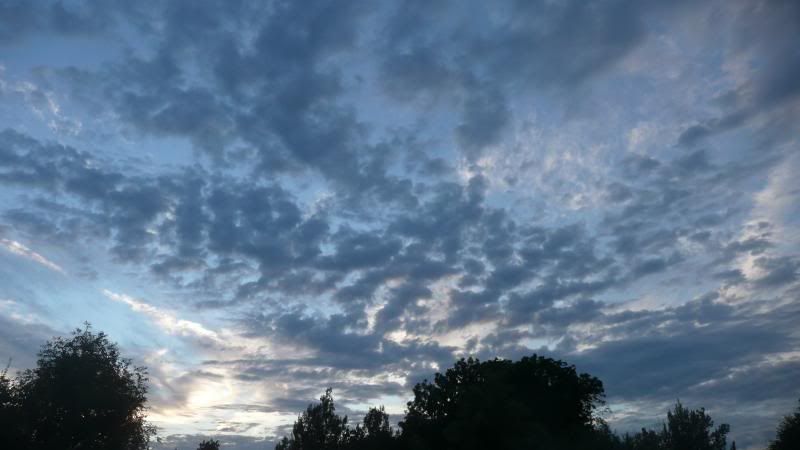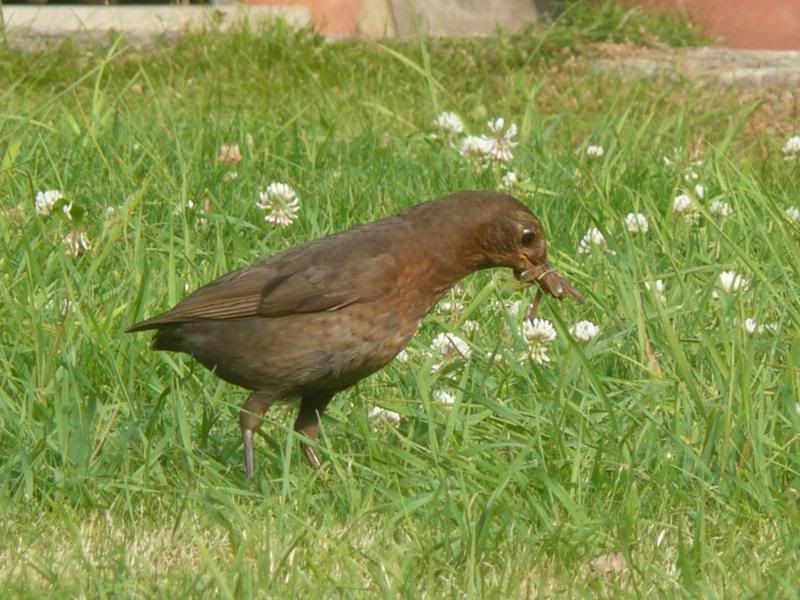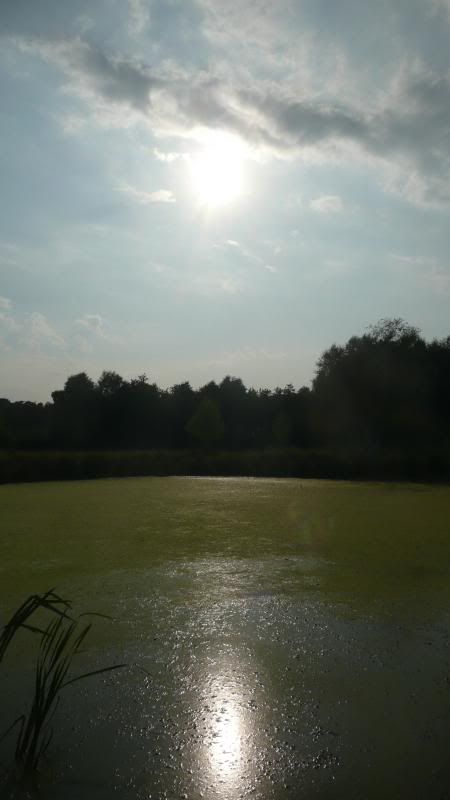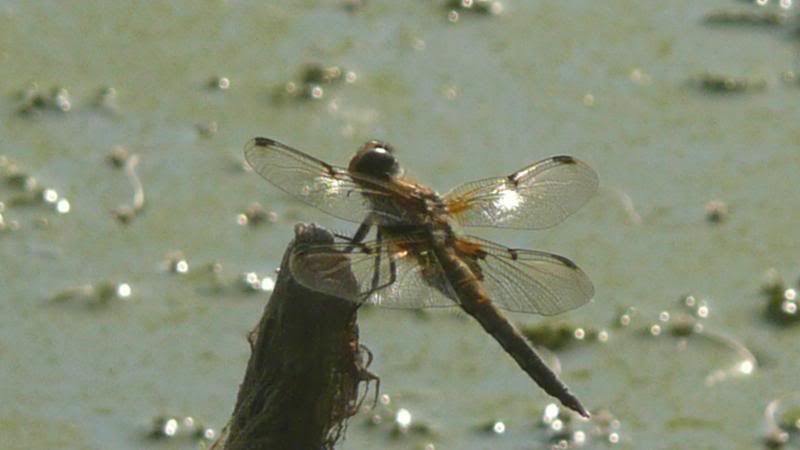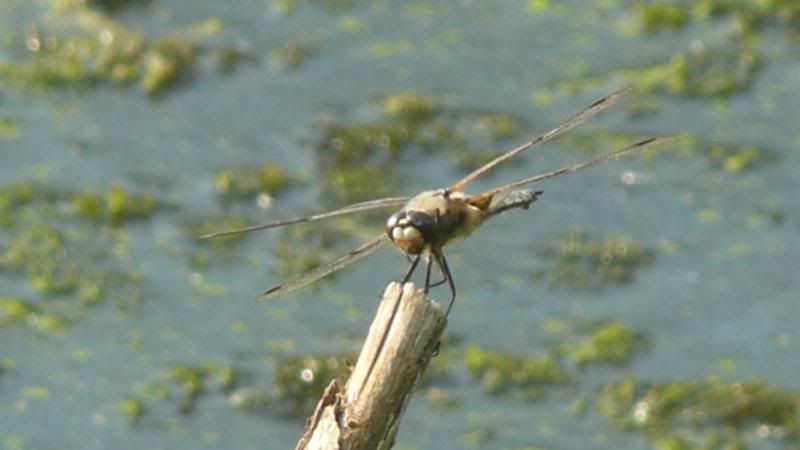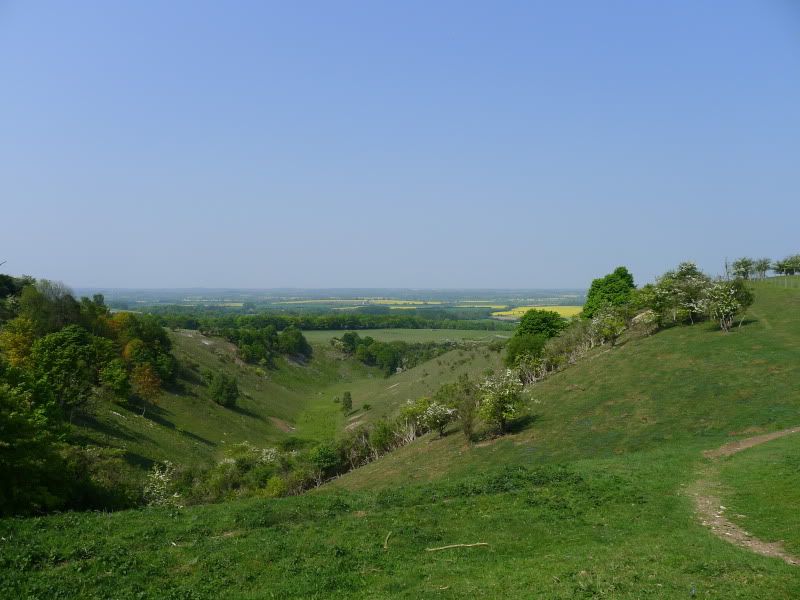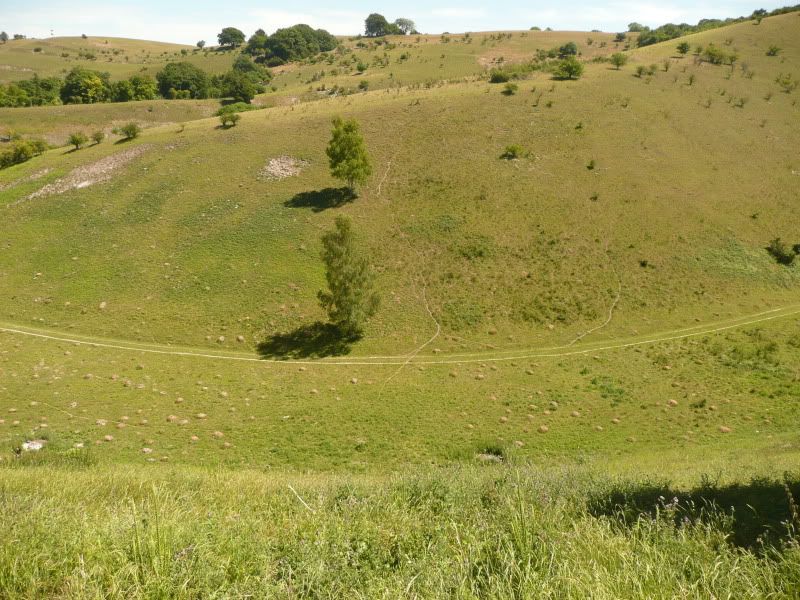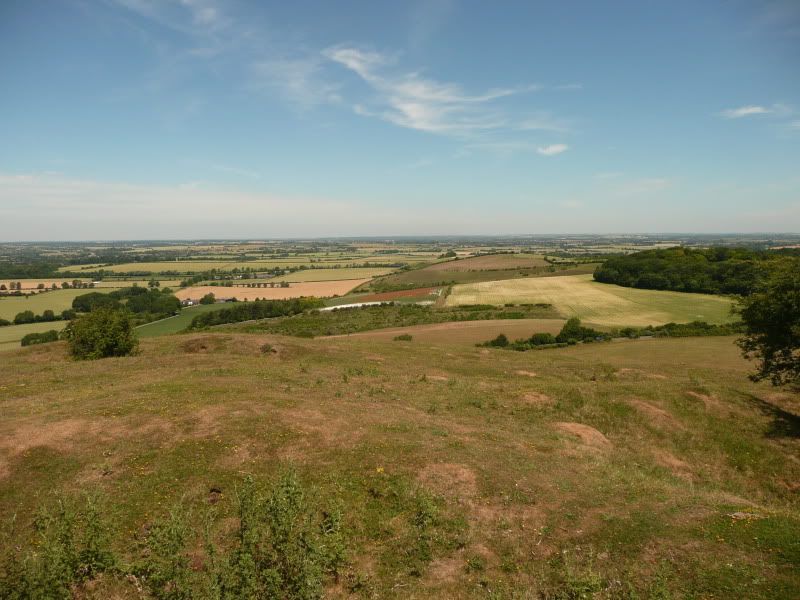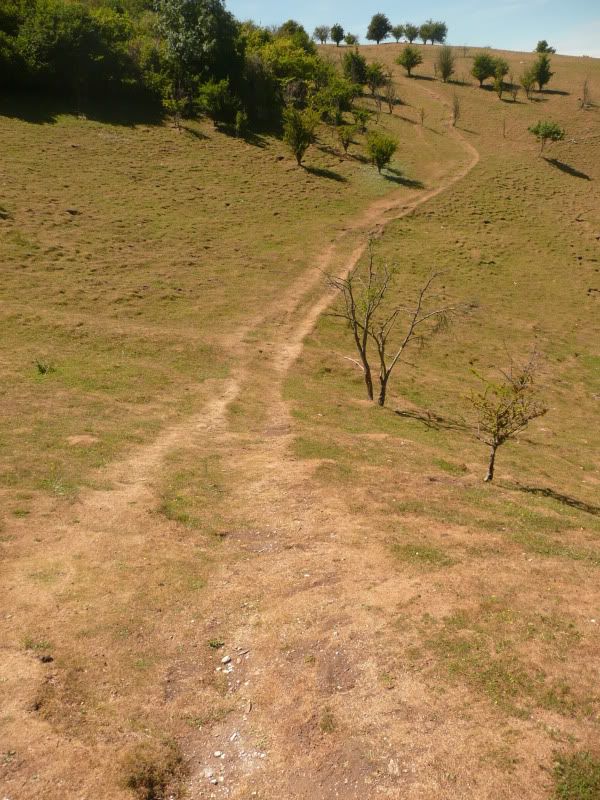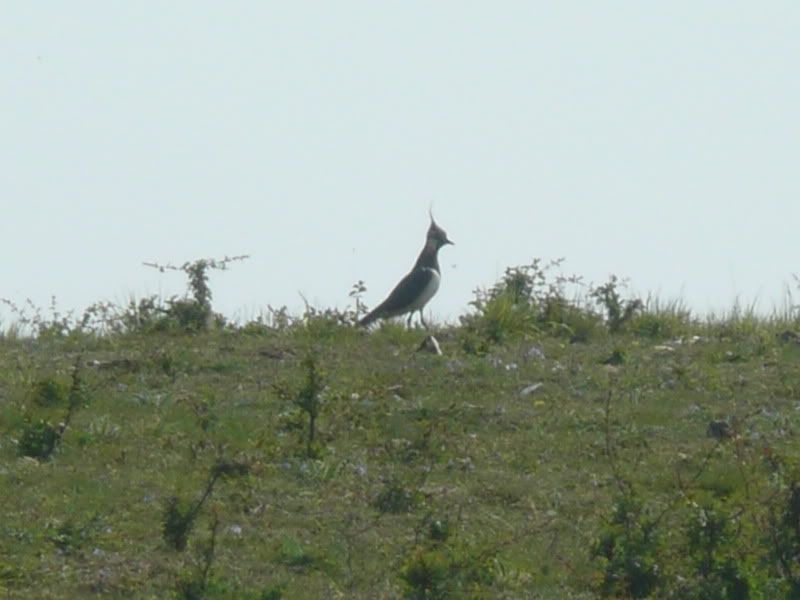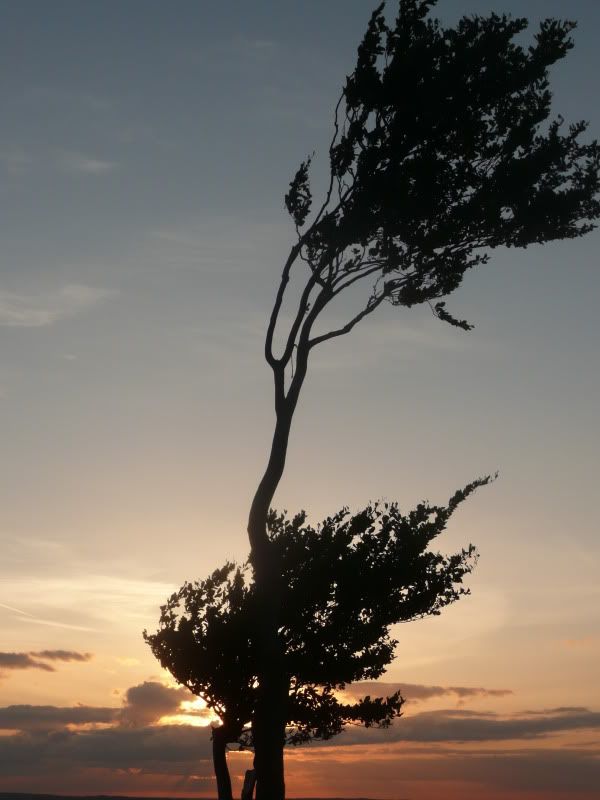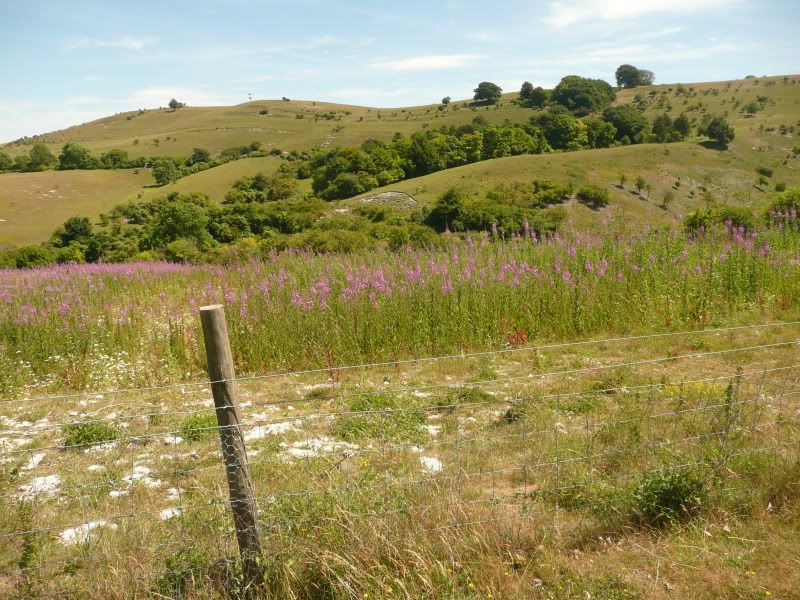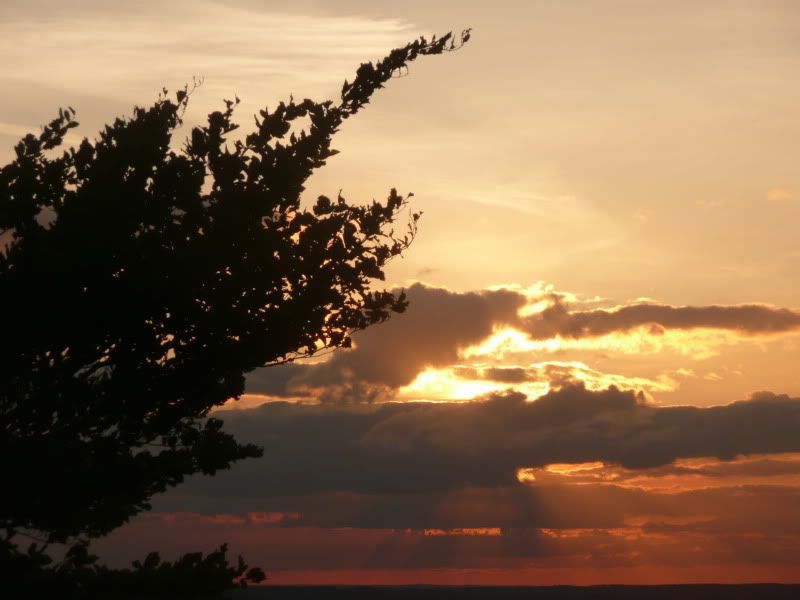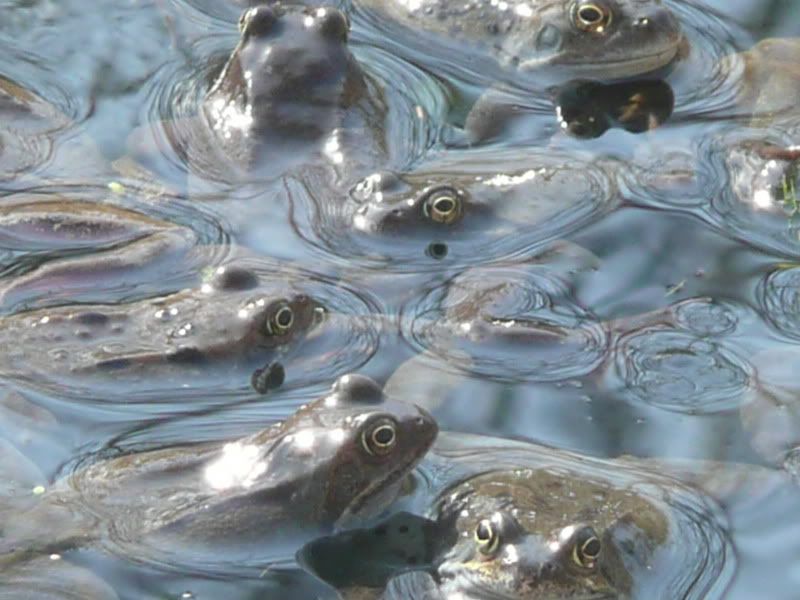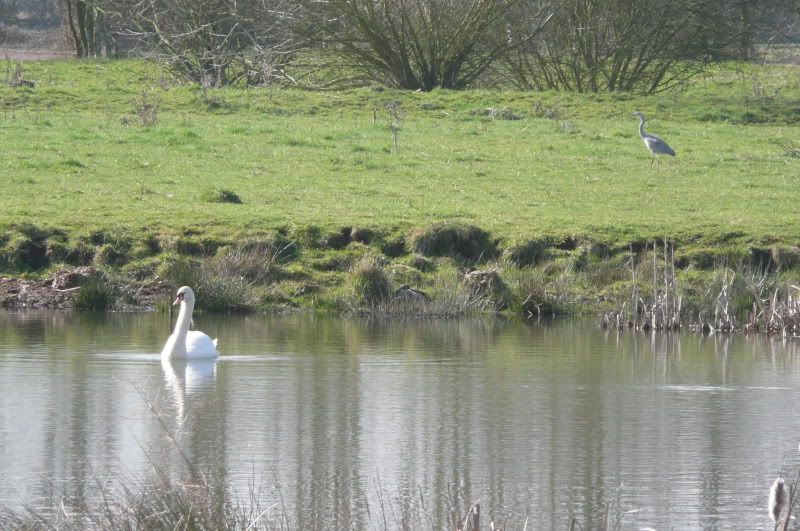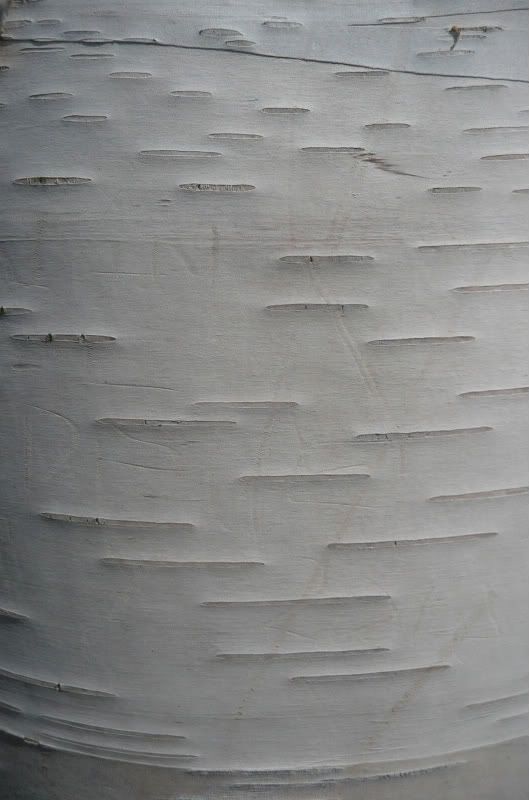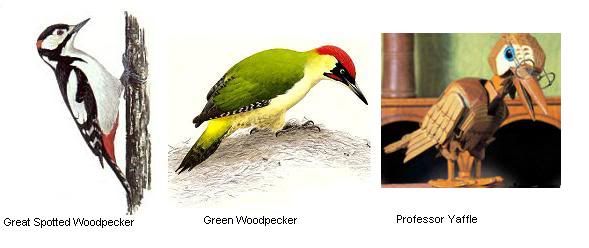I looked out of the window this morning and rather than the usual gang of squirrels hanging around at the bottom of the bird feeder picking up scattered nuts, seeds and titbits there was only one.
(They can’t climb the bird feeder due to the ingenious “baffle” we’ve installed – otherwise they’d scoff everything and bully the birds away).
This one squirrel was busy burying items on the lawn, no doubt to eat and savour at a later date when the weather wouldn’t be so mild. He or she was totally oblivious to the Magpie, trotting along behind it, so when the squirrel moved on, the magpie would dig up whatever was buried and eat it.
Now squirrels are undoubtedly intelligent, their problem solving skills are second to none, but the magpie had street smarts. It was fascinating and had I not been ill and slow moving this morning, I might have been distracted and missed the little drama.
That, the sunset this evening and a walk on the moors the earlier this week where I got some beautiful photos of barren winter trees against the backdrop of the burning sunset reminded me of a quote by William Blake.
The tree which moves some to tears of joy is in the Eyes of others only a Green thing that stands in the way. Some see Nature all Ridicule and Deformity, and by these I shall not regulate my proportions; and some scarce see Nature at all. But to the Eyes of the Man of Imagination, Nature is Imagination itself.
Which leads on to the “William Blake, Apprentice and Master” exhibition I visited with my friend Mike a couple of weekends ago at the Ashmolean in Oxford.
I’ve always been fascinated with Blake, I’m no expert by any means, but like many people and subjects I know enough to keep me captivated and wanting to read and witness more.
He was a strange, radical, revolutionary, spiritual figure, devoted and excelling in many mediums, the written word, art, craft. Paradoxically loved and admired by people of both left and right (the hymn Jerusalem being used as the anthem for the labour movement and owned by the Suffragette cause), and by those with faith and those without.
The exhibition concentrated, as you would expect from the title on Blake’s growth as an artist and poet, from childhood to death, his influences and loves and how he honed his craft. It also focuses on the techniques he used, and innovations he created especially in printmaking (the video in the link above gives an insight). It has many beautiful examples of his work as well as a narrative on his life. My favourite items are his work illustrating Dante’s Inferno, so effortless and beautiful. One example below.

Dante and Virgil Penetrating the Forest - Picture Credit (Tate)
And the recreation of his studio in Lambeth was revelatory too, his hand printing press was a brute of a thing. As well as his delicate touch, and exquisite eye for detail, Blake was strong and stocky, he himself was able to turn the wheel, time after time after the intense labour time of applying ink when it needed to be dabbed on with a leather hoof type thing, before the invention of a handy roller. It is a disastrous shame that many of his works were destroyed or toned down (defaced) after his death, e.g. to remove genitals, for fears of upsetting the sensibilities of society. Who knows what further wonders of Blake have been lost to history. Definitely a great exhibition to visit. It’s on till the 1st March 2015. Ashmolean, Oxford.
